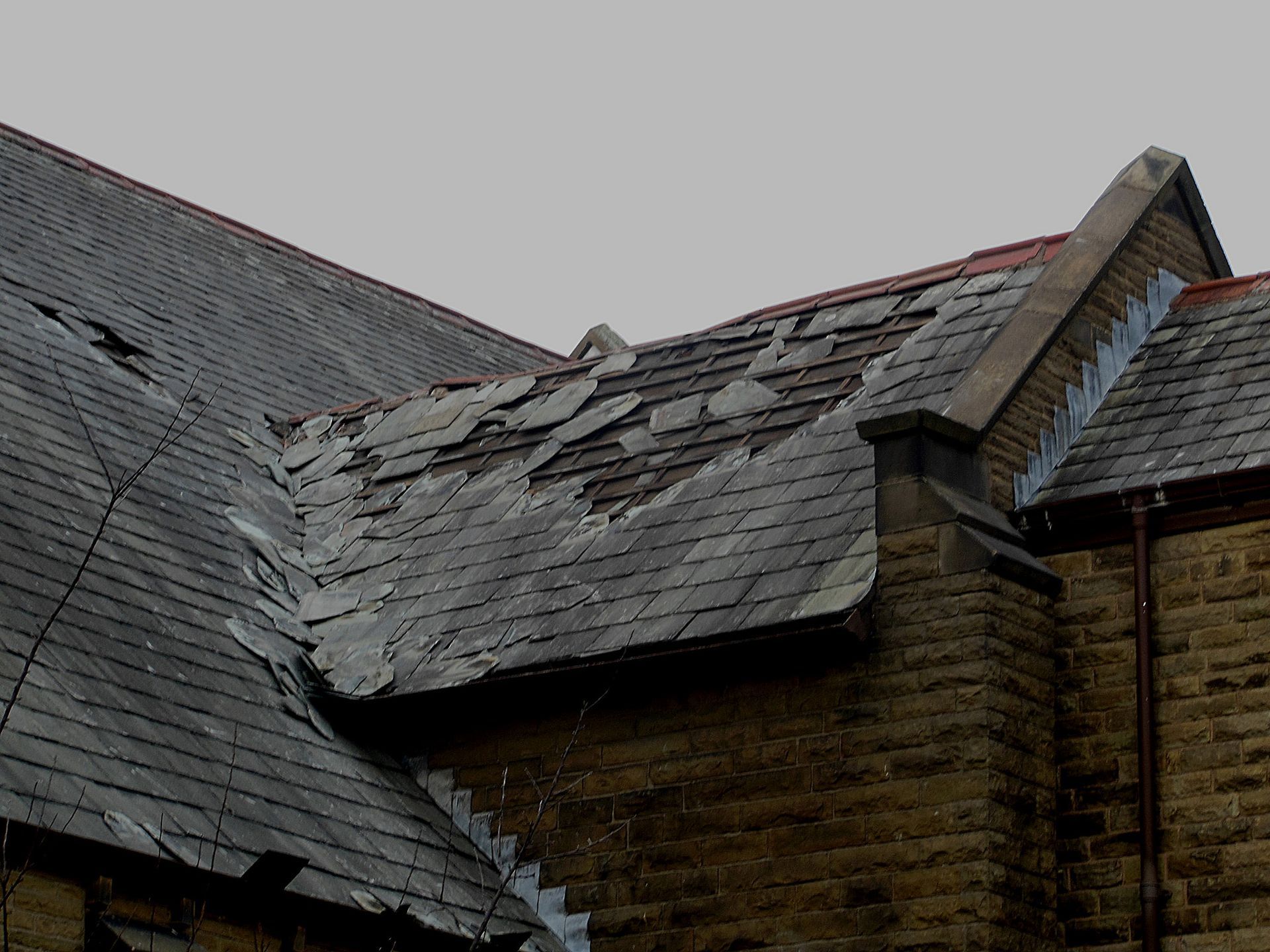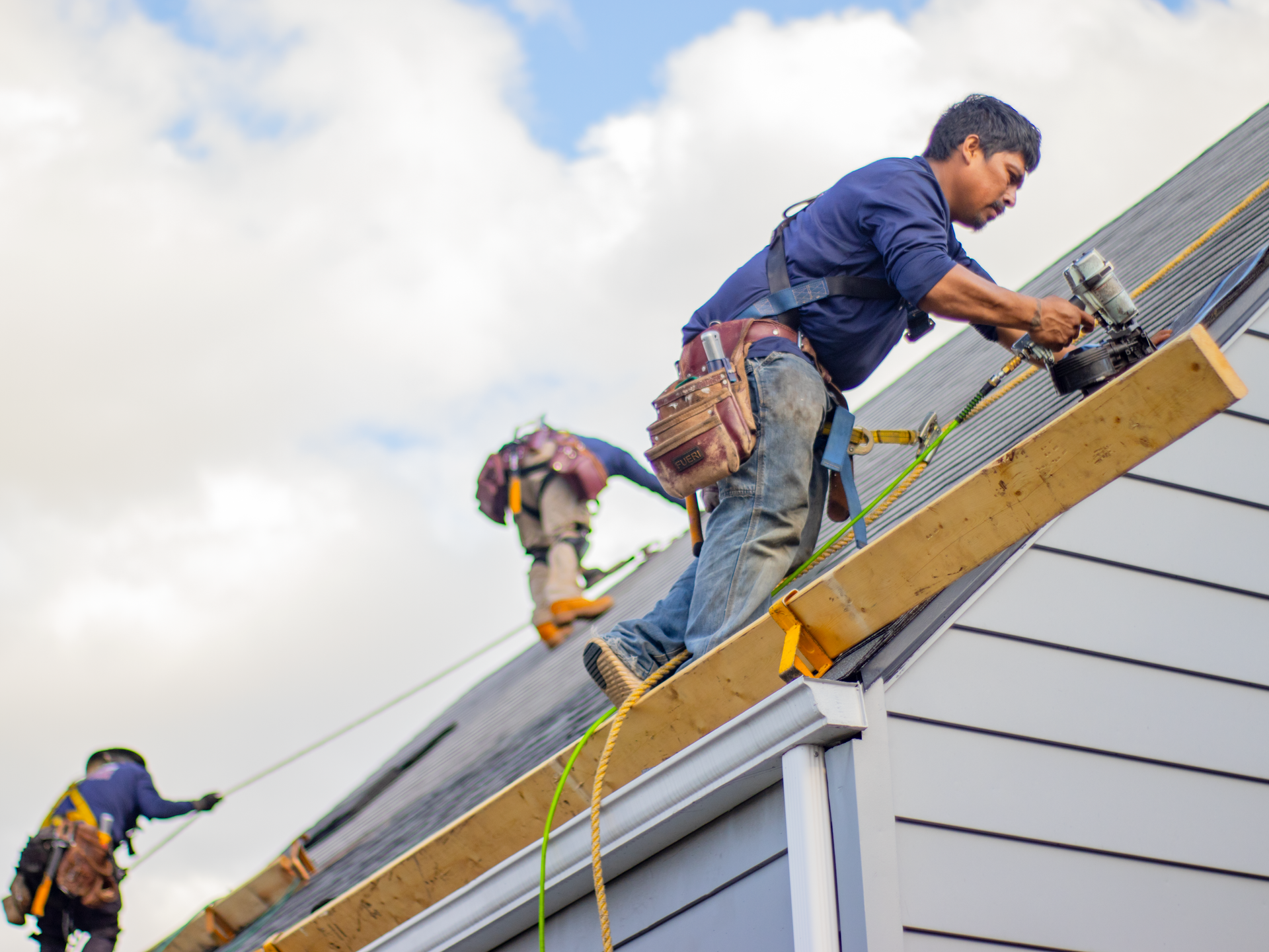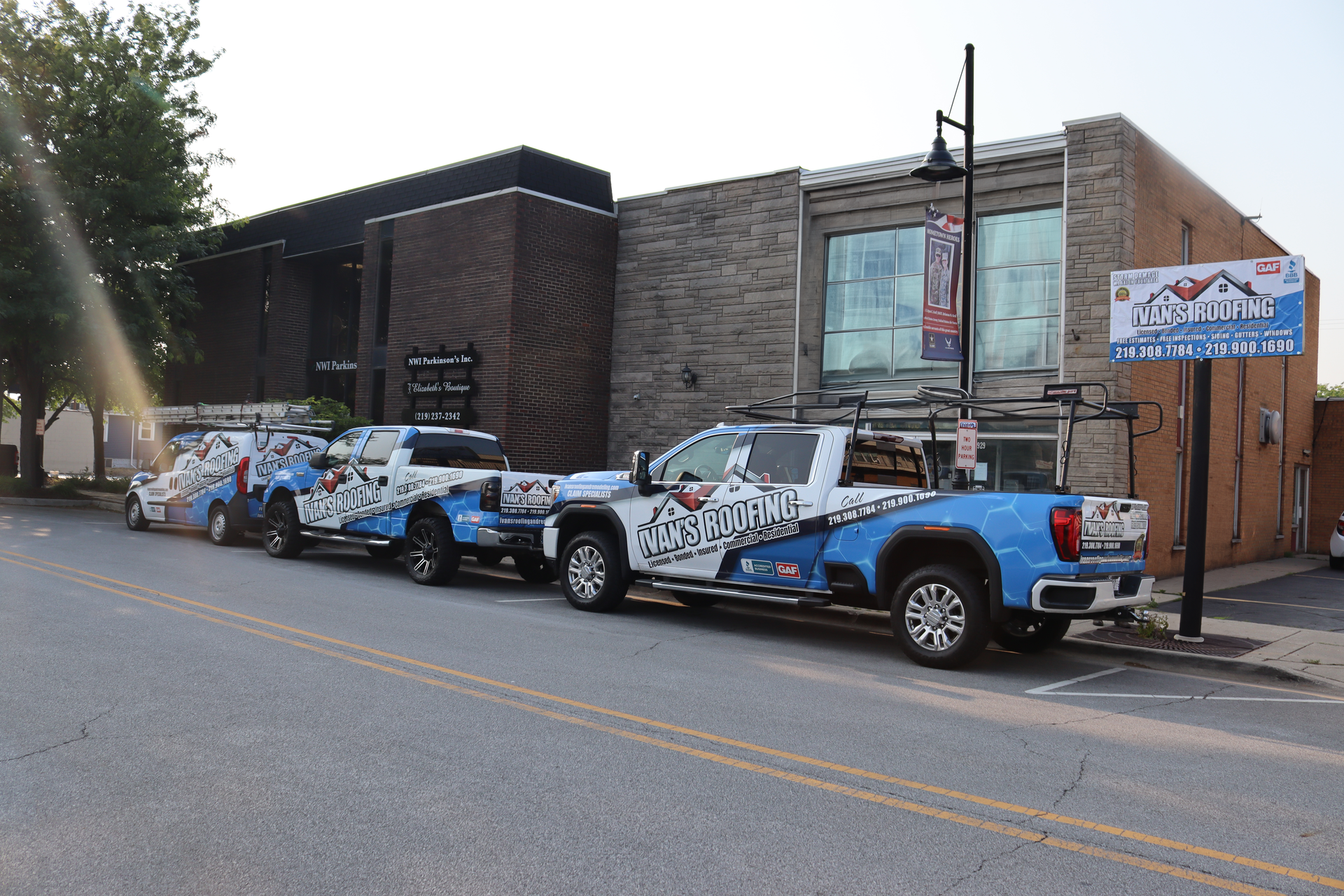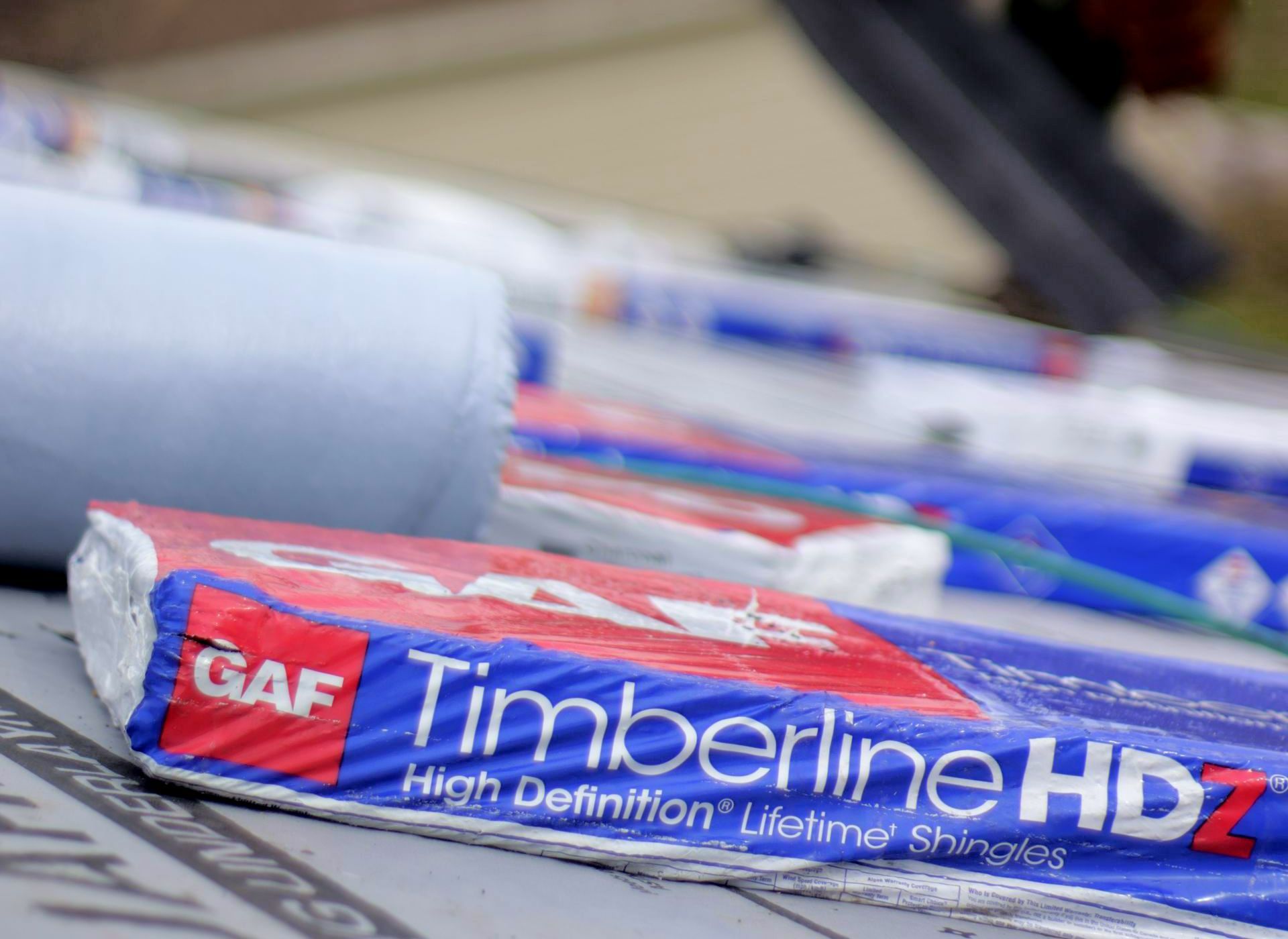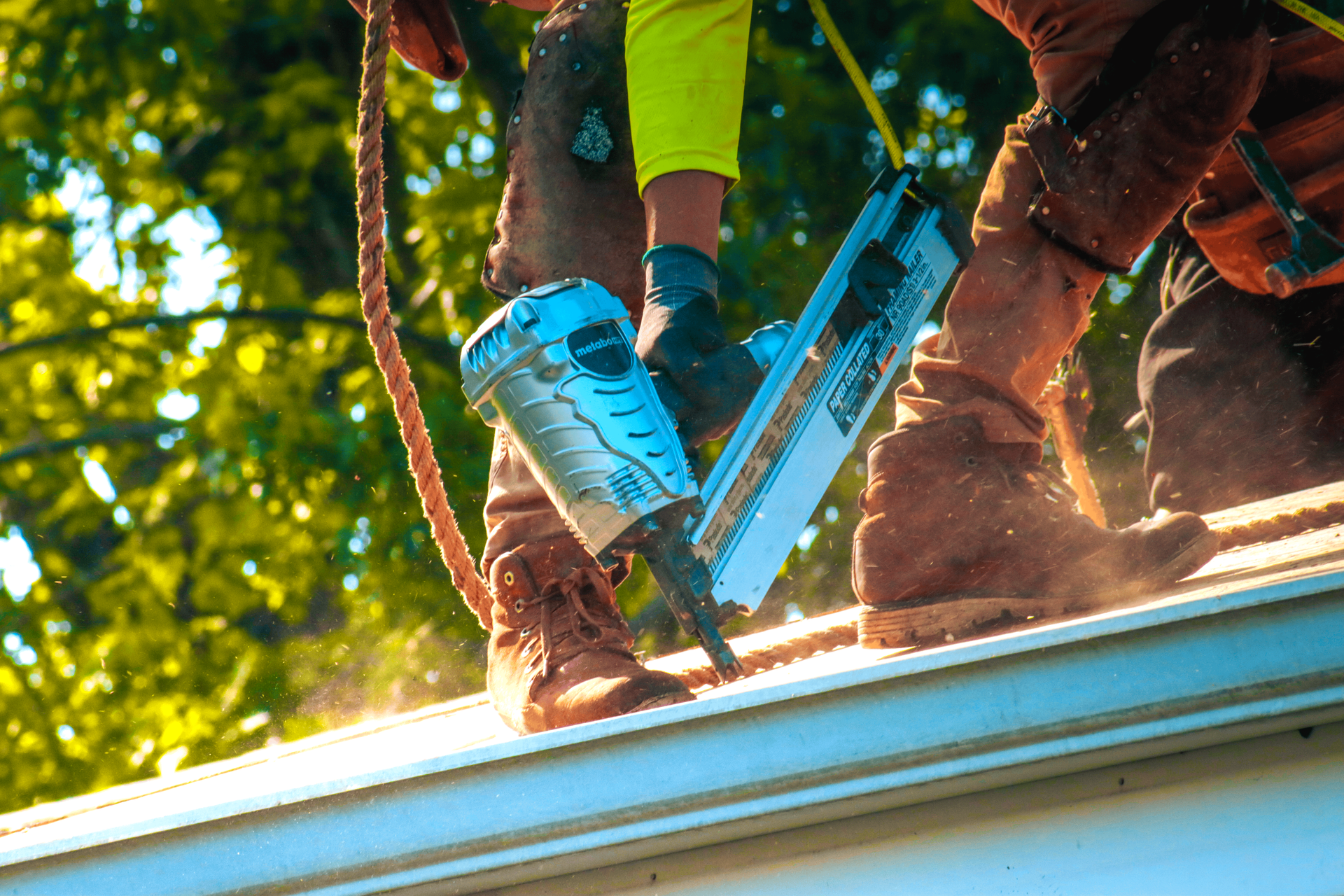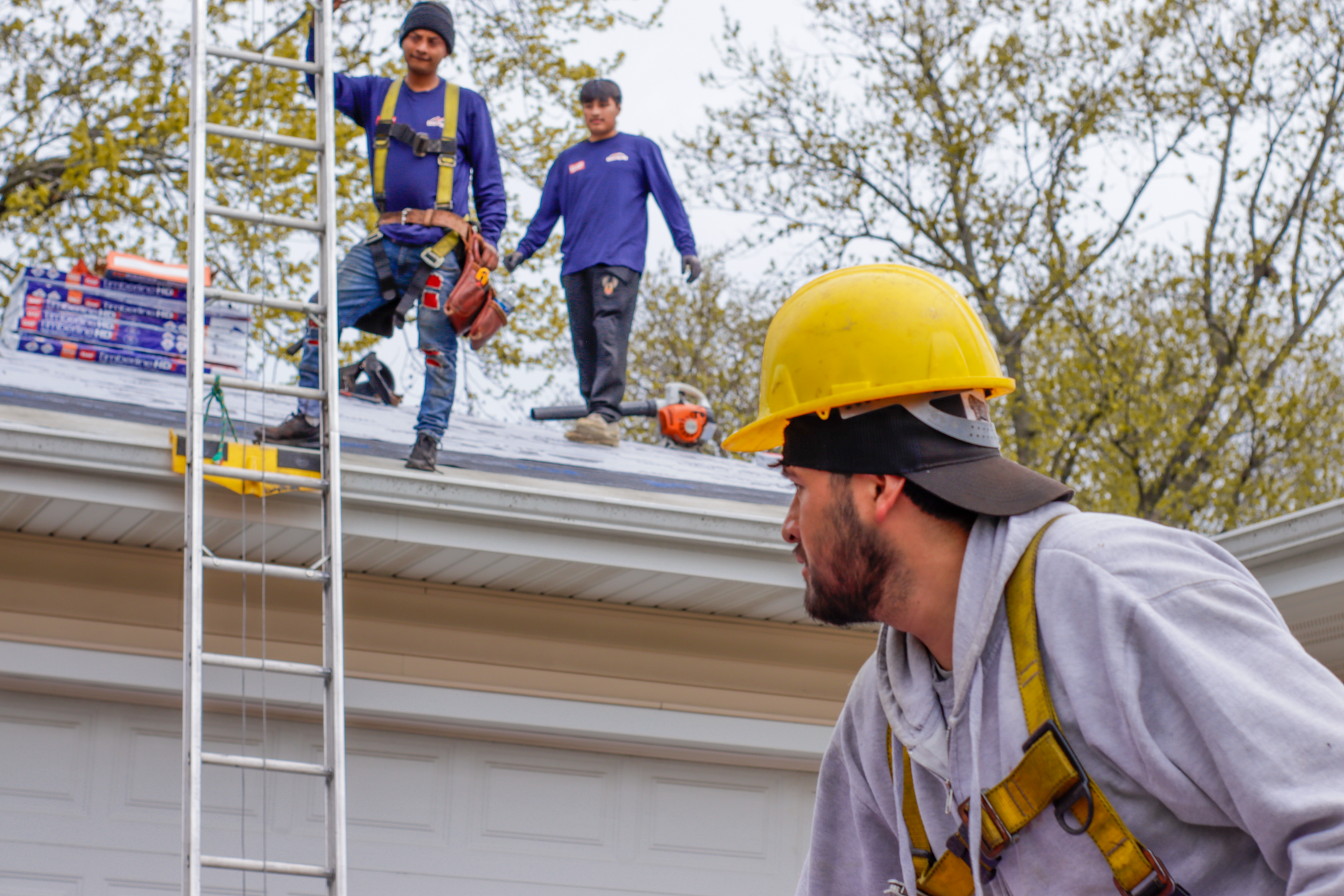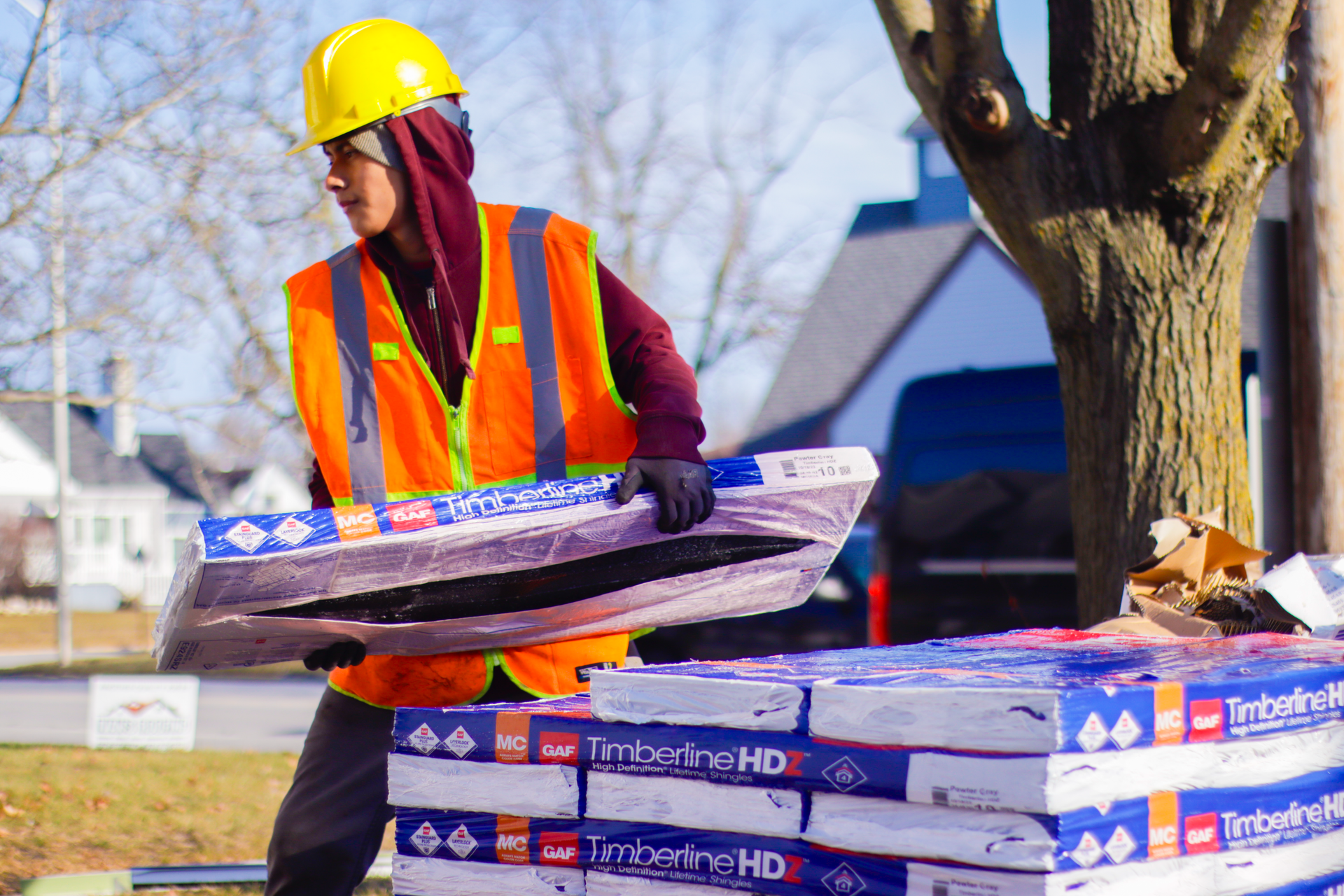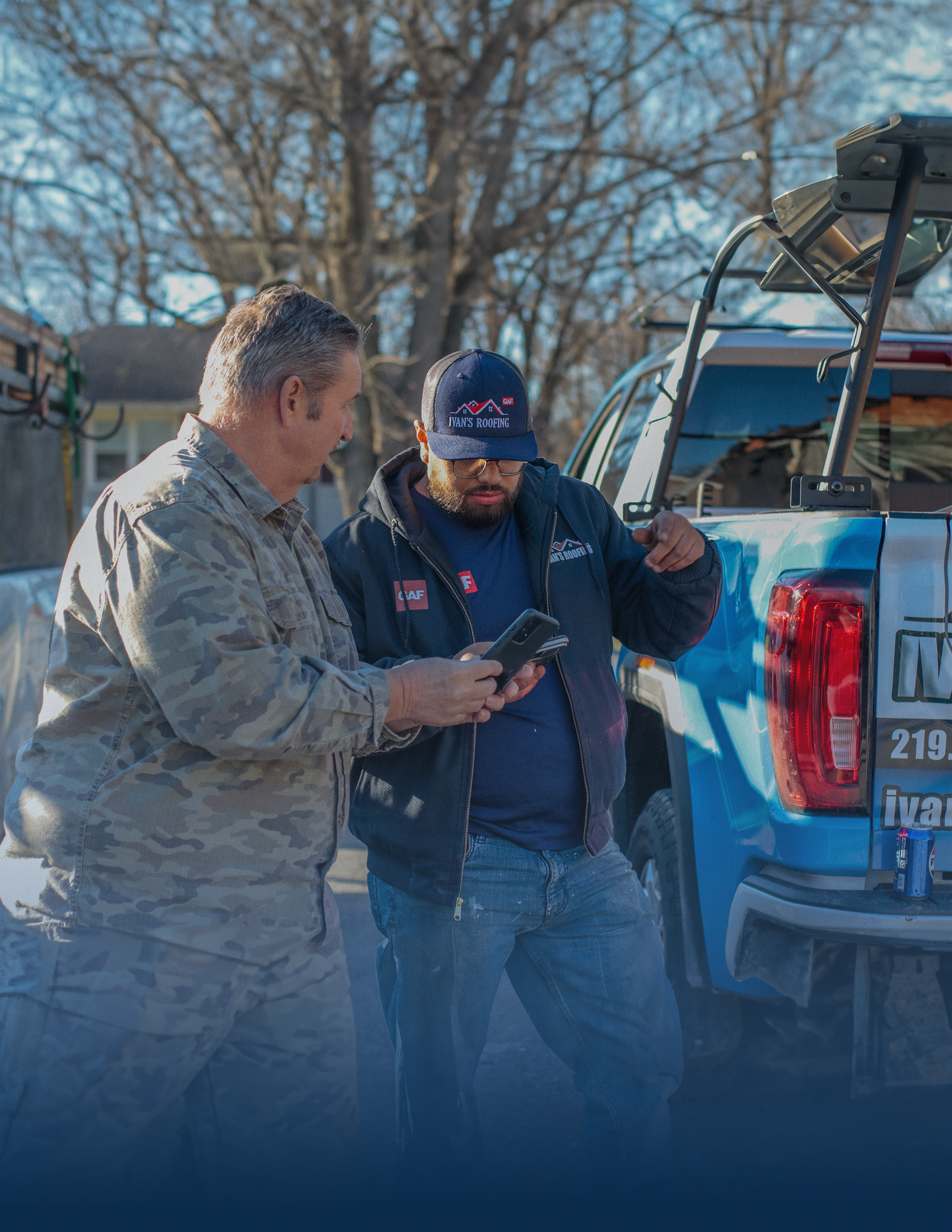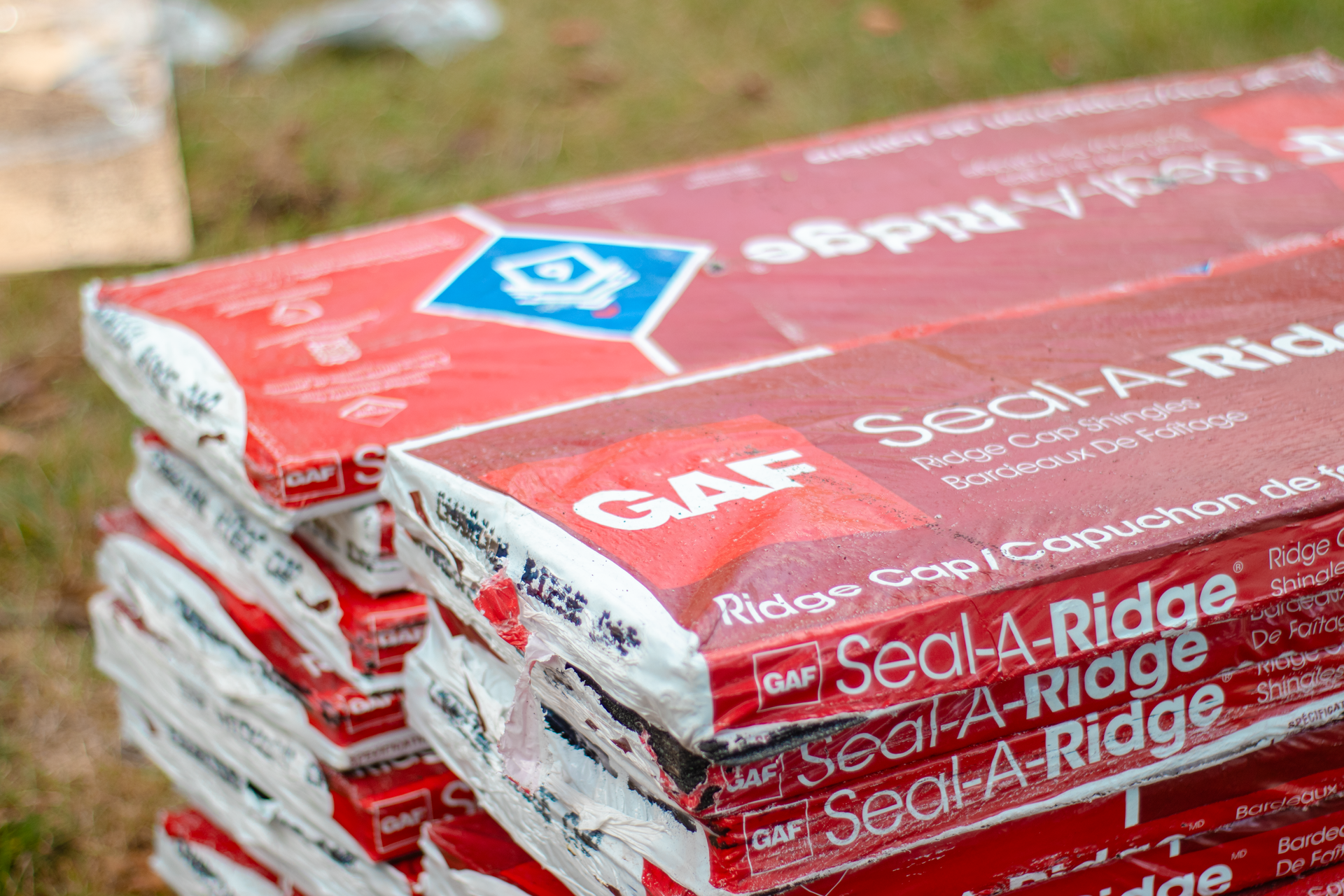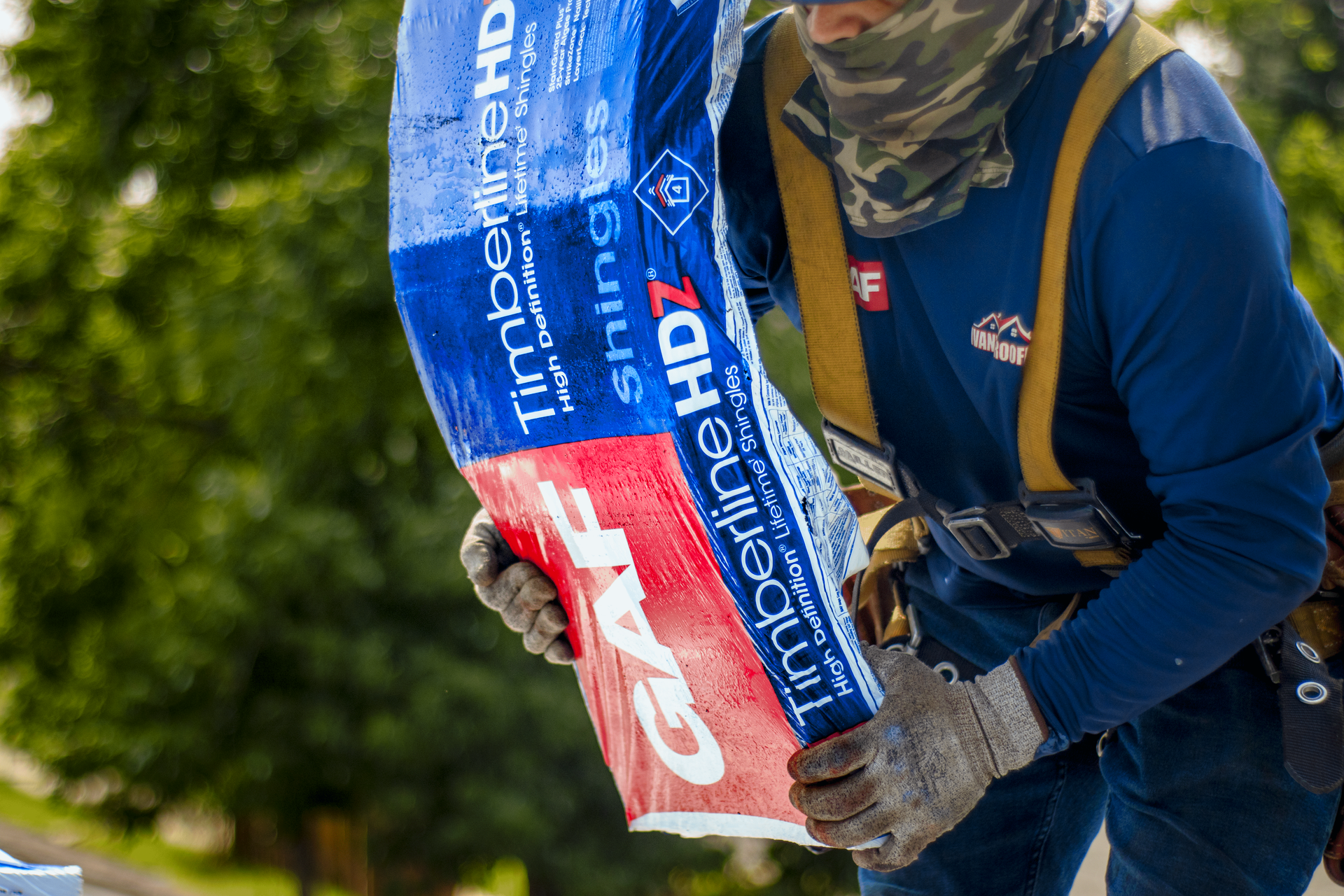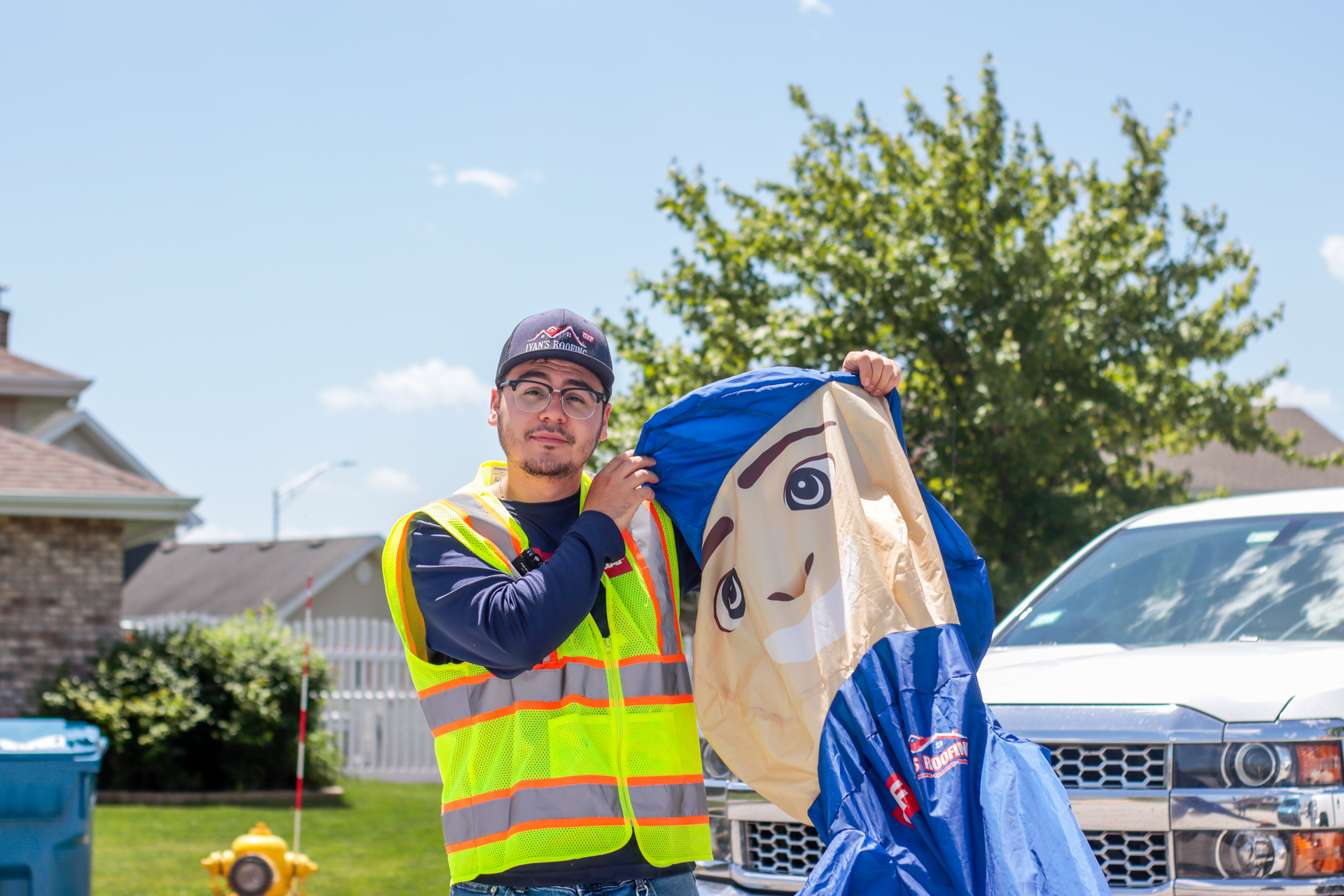1. Damaged or Missing Shingles
Cause:
Shingles are your roof’s first line of defense against the elements. Over time, they can become damaged due to weather exposure, falling debris, or simply age. Missing or cracked shingles create gaps where water can seep through, leading to leaks.
Prevention Tip:
Regularly inspect your roof, especially after storms or high winds, for any damaged or missing shingles. Replace them as soon as possible to prevent water from penetrating the underlayment and causing a leak.
2. Clogged Gutters
Cause:
Gutters are designed to direct water away from your roof and foundation. When they become clogged with leaves, debris, or dirt, water can back up and pool on your roof. This standing water can find its way under the shingles, eventually leading to leaks.
Prevention Tip:
Clean your gutters at least twice a year—once in the spring and once in the fall—to ensure proper drainage. You can also install gutter guards to help reduce debris buildup and minimize maintenance.
3. Poorly Sealed Flashing
Cause:
Flashing is the metal material installed around roof penetrations (like chimneys, vents, and skylights) and where different sections of the roof meet. If the flashing becomes loose, cracked, or improperly sealed, water can sneak into these vulnerable areas and cause leaks.
Prevention Tip:
Check your flashing during roof inspections for any signs of wear or gaps. If you spot any issues, re-seal the flashing with roofing cement or have a professional repair it to prevent water intrusion.




